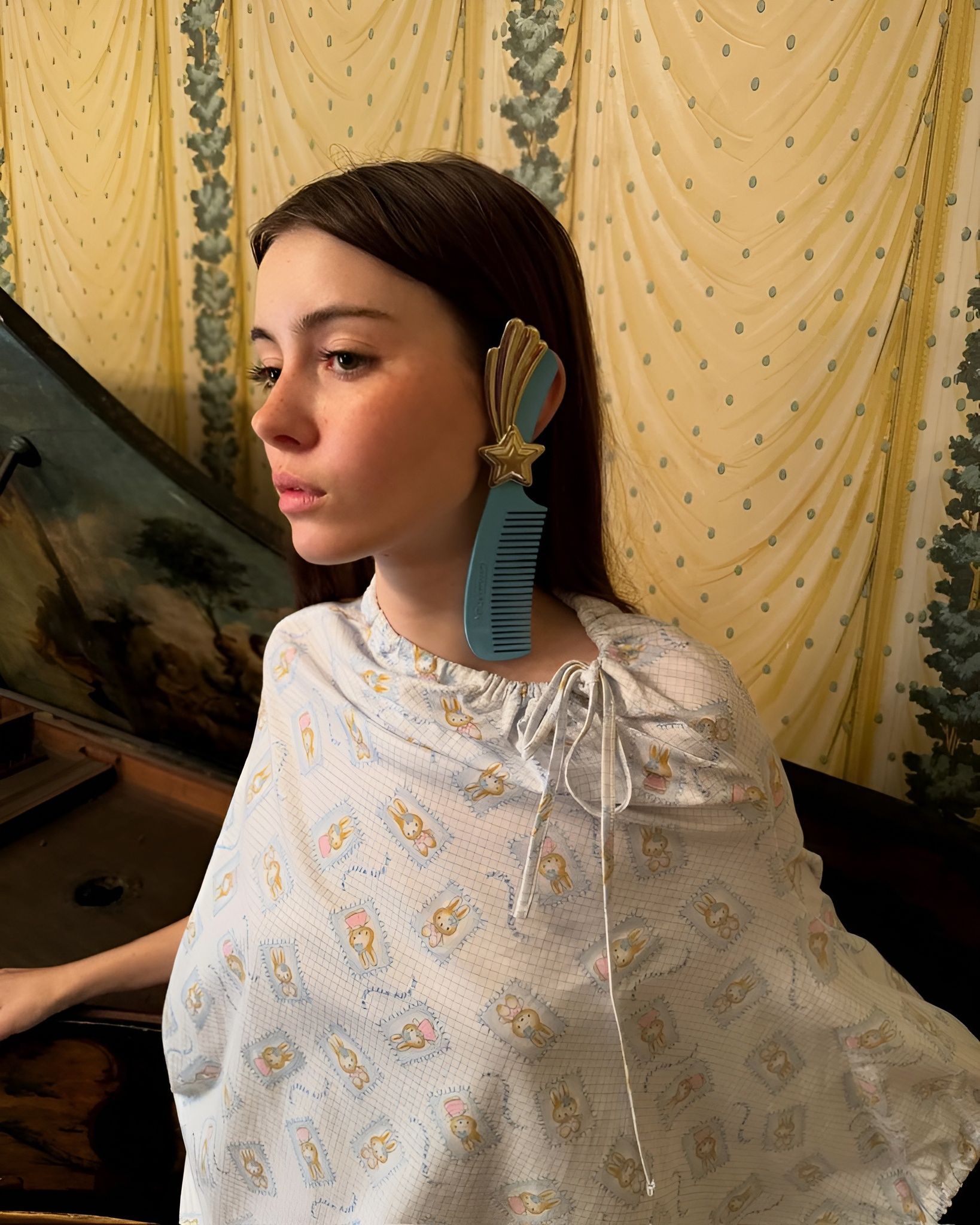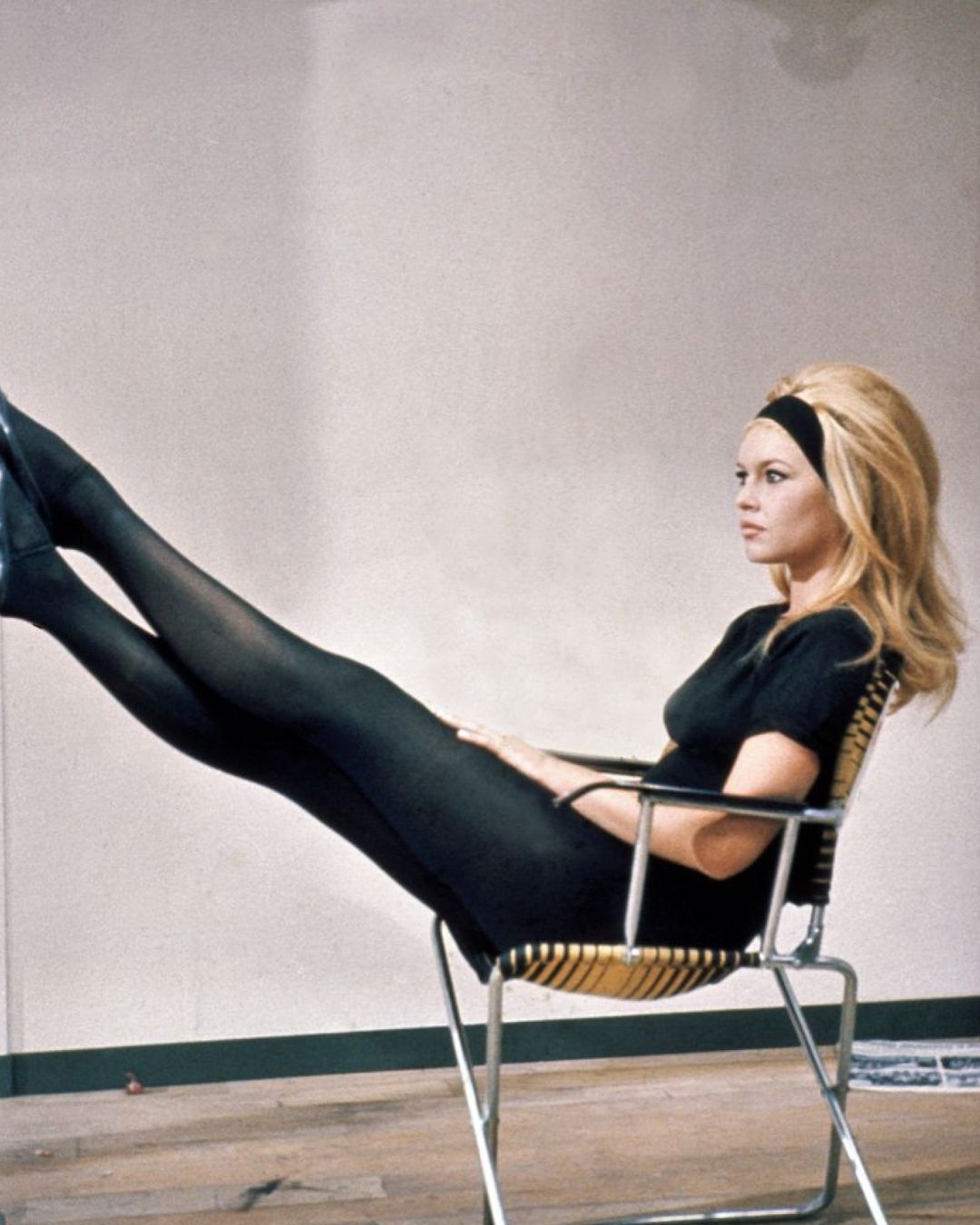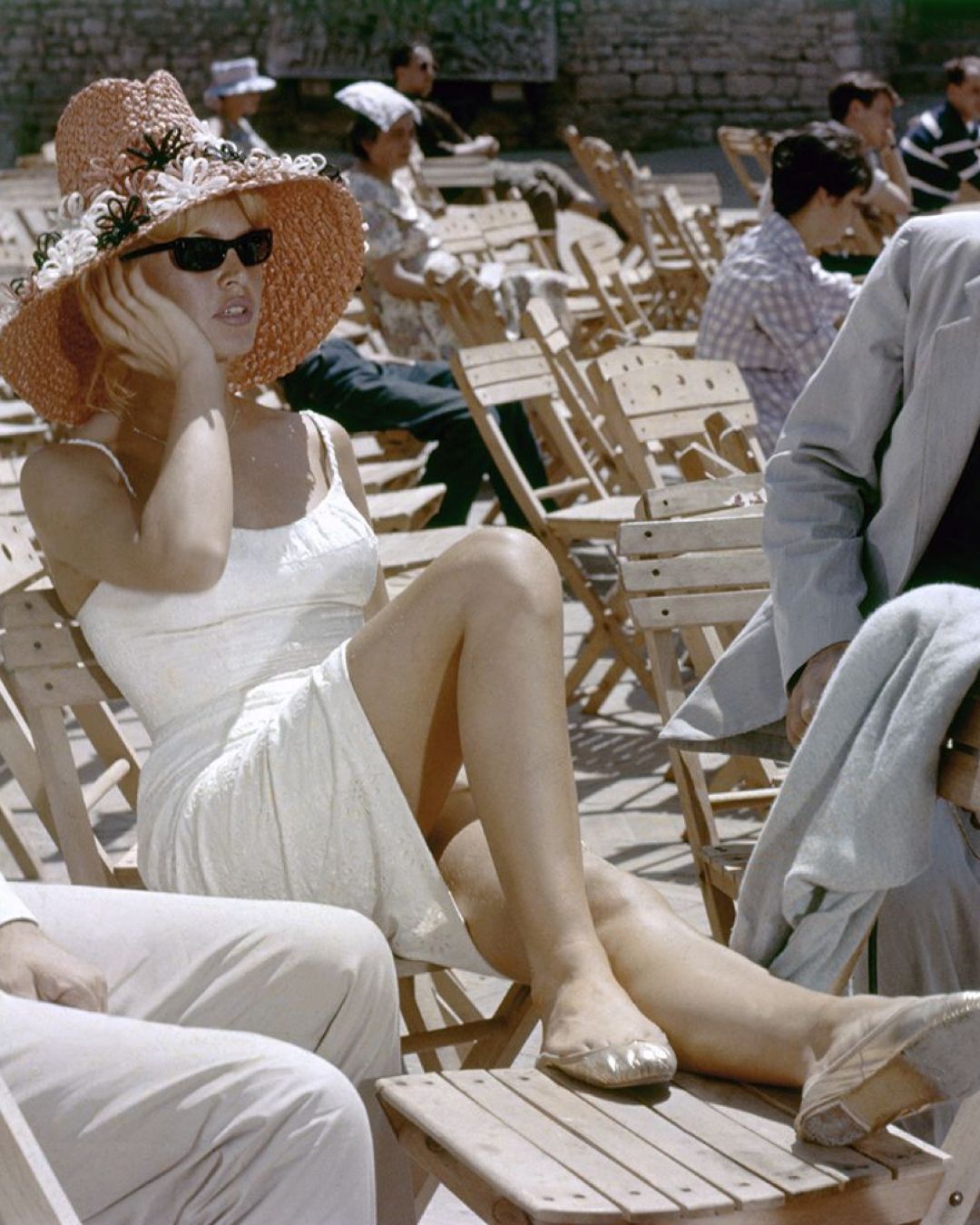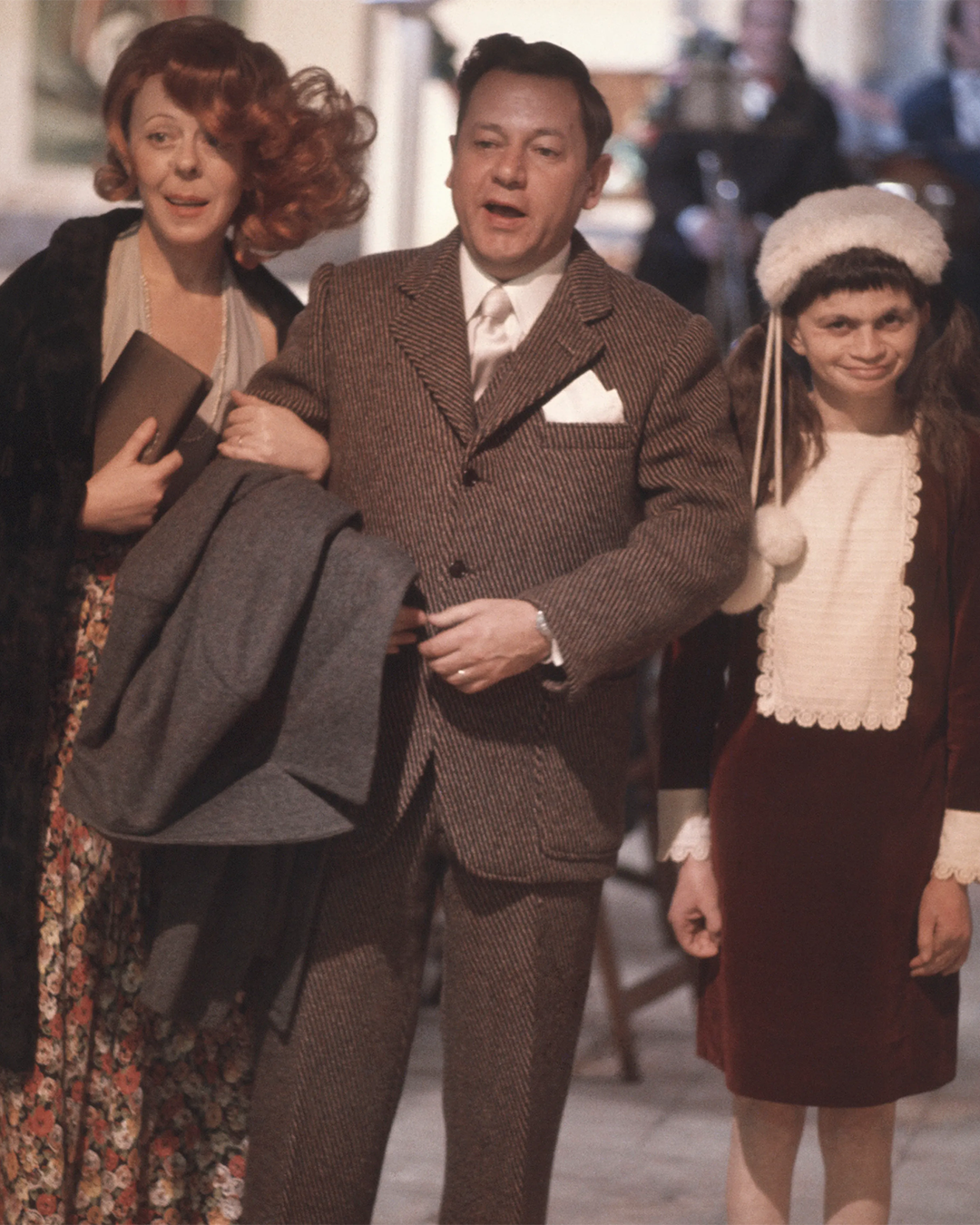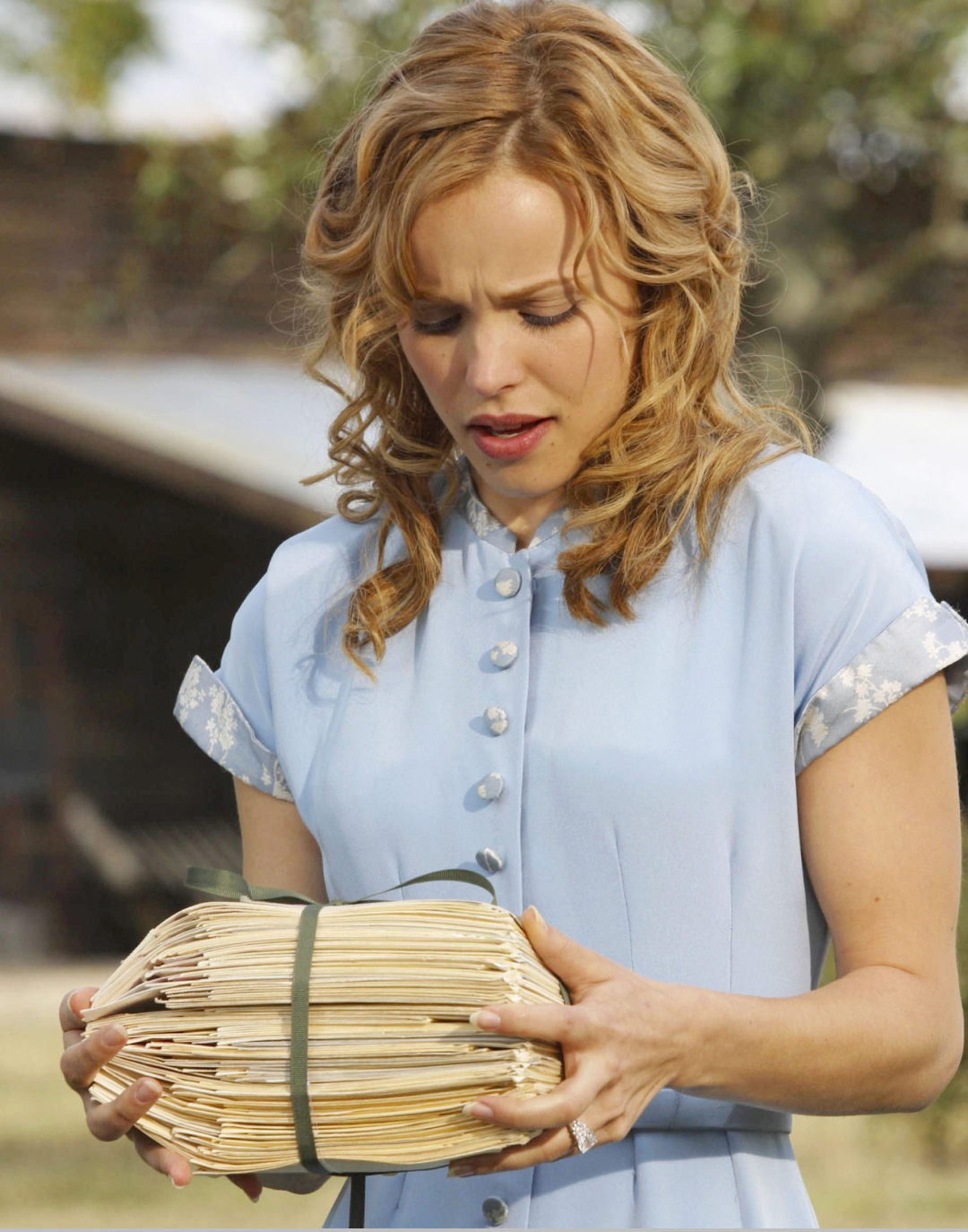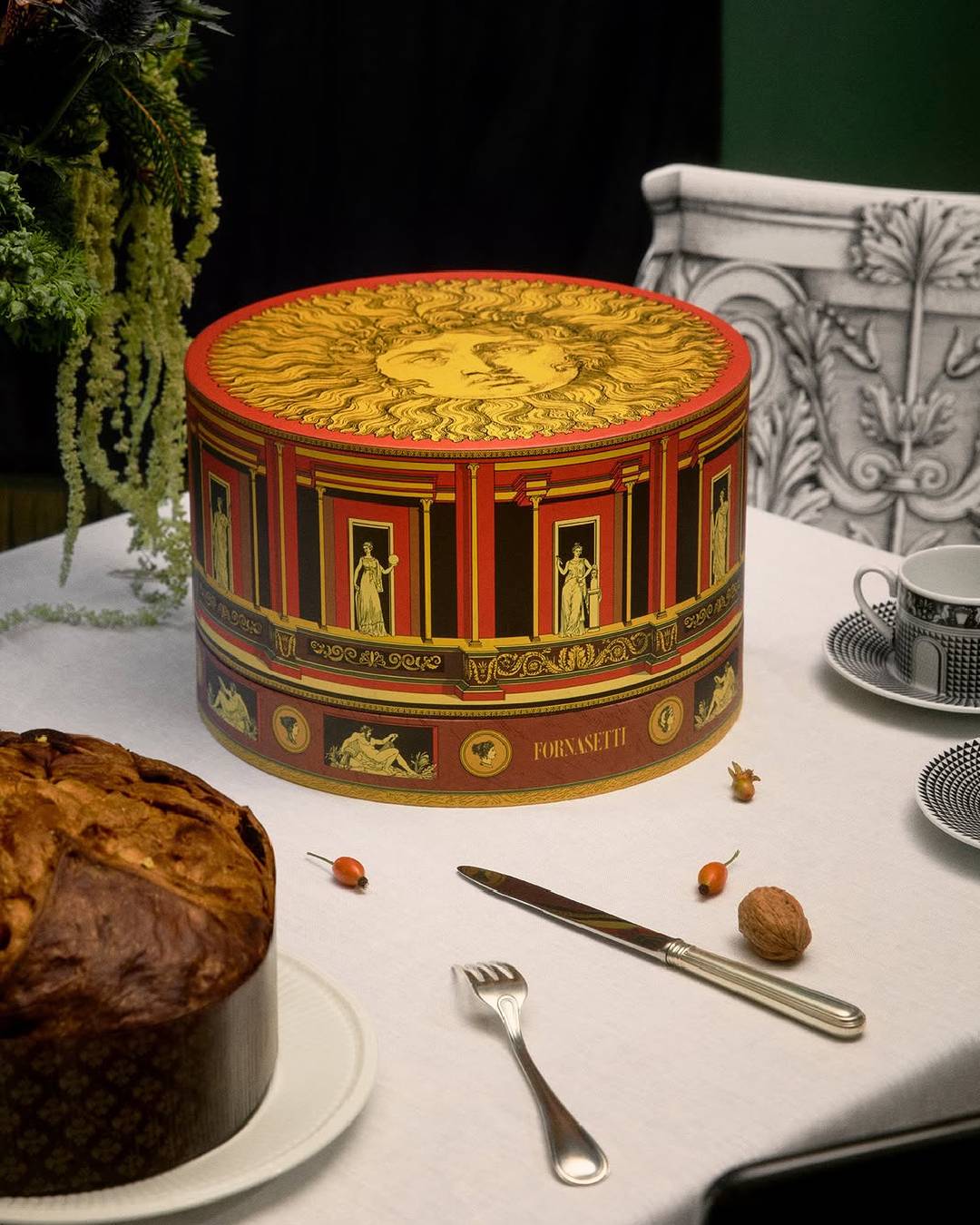
The musical career of Mia Martini in 10 songs 30 years without one of Italy's most important voices
On May 12, 1995, we lost what, along with Mina, is generally considered the greatest interpreter of Italian music, Mia Martini. Born Domenica Rita Adriana Bertè on September 20, 1947, the Calabrian singer-songwriter remains one of the greatest references in the Italian music industry to this day, even inspiring the Festival of Italian Music's Critics' Award. Thirty years after her passing, to honor her memory, we decided to retrace her musical career through 10 songs released over three decades:
1. I miei baci non puoi scordare – 1963
Her very first song, even before becoming famous as Mia Martini, was released in 1963 under the name Mimì Bertè. It was actually a cover of You Can Never Stop Me Loving You written by Ian Samwell and released that same year by both Kenny Lynch and Johnny Tillotson. The Italian version perfectly fit into the mold of the Italian musical trend of the time, characterized by the so-called «ye-ye girls»—very young singers with bright voices performing cheerful, light-hearted tunes.
2. Padre davvero – 1971
In 1971, Domenica Bertè was reborn artistically as Mia Martini thanks to Alberigo Crocetta, owner of the legendary Roman club Piper, who decided to hire her immediately after seeing one of her performances. The only condition was that she change her name to something more appealing and exportable abroad. "Mia" was chosen as a tribute to actress Mia Farrow, while for the last name, an easy-to-pronounce and famous Italian name was needed. The options proposed were three: spaghetti, pizza, and a Martini. Once the name was chosen, Mia got serious and recorded a single destined to cause controversy. The song, which seems a clear act of accusation towards her father, became a manifesto of the generational conflict of those years by harshly depicting the distance between parents and children: every time Mia screams «Padre davvero» with that prolonged "a," it feels almost like a gunshot through her voice. Perhaps to avoid too many "casualties," the song was soon banned from public broadcasting, yet it still managed to reach the people.
3. Piccolo uomo – 1972
The song speaks of the end of a relationship that the protagonist refuses to accept. According to the autobiography of her other famous sister, Loredana Bertè, the track originated from Mimì’s infatuation with a man who worked at the entrance of Roman nightclubs. However, it is unclear how autobiographical the song truly is. The lyrics were written by Bruno Lauzi and Michelangelo La Bionda, while the music was composed by Dario Baldan Bembo. What we do know is that, despite the initial hesitations of its creators, Mia’s performance of the song triumphed at the 1972 Festivalbar, propelling her to a new wave of success, accompanied by a revamped look featuring heavy makeup, colorful clothes, feathers, and extravagant hats—or hairstyles. A few years later, TV Sorrisi e Canzoni would describe her by saying that Mia «seemed to have tripped over a comet», confirming that she had rightfully earned her place among the stars.
4. Minuetto – 1973
In 1973, she released the song that alone would be worth an entire career, once again with lyrics written by a man who perfectly captured her deepest emotions. This time, it was Franco Califano who provided her with a song about a toxic love one cannot refuse («So many times I’d like to say no! / but then I see you and I just can’t / my heart rebels against you, but my body doesn’t!») and that drags on endlessly («and I continue down the same path / always drunk on melancholy»). The song became the symbol of this emotional condition, an emotional bomb that exploded in the beds and hearts of millions of Italians: Gold Record and first place at the 1973 Festivalbar, tied with Marcella Bella’s Io domani, in an era when there was no televoting yet and one had to reach a mailbox to send a postcard vote. Even though it was impossible for the number of postcards received to be exactly the same, the difference was so minimal that a tie was declared. All of this happened in front of a certain Paul McCartney, who had been added to the summer festival to give it greater resonance but had to settle for second place with his song My Love. Unfortunately, darker times soon followed when a damaging rumor began to circulate in the music industry: starting in the mid-1970s, as absurd as it may seem today, it was said that Mia Martini brought bad luck.
5. La costruzione di un amore – 1978
In the album Per amarti (1978), Mia Martini began collaborating with Ivano Fossati, creating a musical partnership that would produce an entire new album titled Danza and soon extend beyond music into a turbulent romantic relationship. Mia herself once declared: «I was living a tormented story with Ivano Fossati; we tried to break up but never succeeded […] Ivano wanted me, but he couldn’t accept Mia Martini, the artist, the showwoman». The lyrics of La costruzione di un amore, written by Ivano and sung by Mimì, reflect the suffering they both endured. Beyond its autobiographical value—which certainly intensified the performance—La costruzione di un amore stands as an archetype of the act of loving and its hardships, something that bruises your hands, makes you bite your arms, requires immense effort, and does not guarantee a full reward, because everything you build is like an altar of sand on the seashore ready to be swept away. Perhaps because Fossati knew it was an unstable construction, under the original lyrics he handed to Mimì, he wrote:«For building amnesty, submit an application».
6. E ancora canto – 1981
Between the late 1970s and early 1980s, Mia Martini went through a personal crisis, partly due to her relationship with Ivano Fossati and partly due to the damaging rumor that she brought bad luck. This made her increasingly isolated, leading her into an abyss of loneliness and suffering, which also affected her health. While in the recording studio, she suddenly lost her voice: medical tests revealed that her vocal cords had trapped themselves within a thick membrane formed by nodules. It was an extremely rare condition, and Mia seriously risked permanent muteness. Fortunately, thanks to her determination and two delicate surgeries, she managed to sing again. And she did so with a song whose very title is a clear message of rebirth, revenge, and defiance against those who tried to silence her («Those who betrayed me and then took me back / those who left me too many times / those who offended me»). Her anger transformed into a strong determination for change: Mia decided it was time to write her own lyrics, penning eight out of ten songs for her upcoming album, simply titled Mimì. She also underwent a stylistic transformation, cutting her hair very short and replacing her flowing dresses with jackets and pants. Most notably, following the surgeries, Mia acquired a new voice—huskier than before—allowing her to express all the nuances of her existential blues. Far from being a flaw, this slight change became an asset, enabling her to convey even deeper emotional layers in her music.
7. E non finisce mica il cielo – 1982
In 1982, Mimì stepped for the first time onto the stage of the Sanremo Festival. She did so with a bombshell piece tailored once again by Ivano Fossati. However, the song was not well received, and Mia Martini did not even make it among the 16 finalists, despite performing one of the best songs of the competition with her usual extraordinary intensity. For this reason, she was awarded the Critics' Prize, established that very year specifically for her and later named in her honor after her death. The song seems somehow intricately tied to La costruzione di un amore, not only because the author was the same and Mimì was likely still in love with him, but especially because the piece feels like its natural continuation. While the former emphasized the pain and effort of love, which can grow but also easily be destroyed, here the lingering doubt about what comes after emerges («Will it be pain or is it still sky / as far as I can see»). One image that remained etched in the minds of Italians was Mimì wearing a bright pink dress, which she would use on other occasions as well, later joking that it made her look like «a cross between the Magician Zurlì and a powder puff». In 1983, Mia Martini decided to withdraw from the scene because she could no longer endure the humiliations inflicted by a hostile music industry. She did so in her own way, by releasing a live album titled I miei compagni di viaggio ("My traveling companions"), paying tribute to all the artists who had somehow guided her on her musical journey. If the message was not yet clear, the album closed with a song by Chico Buarque—translated by Sergio Bardotti—that left no room for doubt, clearly stating: «And now, seriously, I don't want to sing anymore». And so it was. Until that 1989 Sanremo, which marked her (yet another) rebirth.
8. Almeno tu nell’universo – 1989
In 1989, after a long absence, Mia Martini returned to become the undisputed protagonist of Italian music, stepping once again onto the Ariston stage with a new song that, in reality, was not so new. The track had actually been written way back in 1972 by the acclaimed duo Bruno Lauzi and Maurizio Fabrizio,and had remained locked away in a drawer for almost twenty years. Then, incredibly, it resurfaced at just the right moment, creating a curious temporal short-circuit: no lyrics could have better described the condition of the 1989 Mimì and her comeback. Words like: «You know, people are strange / First they hate, then they love / They change their minds suddenly» or «You know, people are crazy / Maybe they’re too dissatisfied / They follow the world blindly / When fashion changes / They change too / Continuously, foolishly» seemed tailor-made to narrate the years of ostracism that had shattered Mimì's fragility. When she reappeared on stage during those nights of 1989, all her fragments were still visible, but it seemed they had been pieced together with gold, like in the ancient Japanese tradition of kintsugi, where broken vases are repaired with golden seams. Those golden lines only served to enhance her scars—of the soul, of life, and of the voice—with which Mia hurled all her beauty back at the world. The way she sang was filled with pride, class, elegance, and rage, leaving both the live audience and the viewers at home stunned; she seemed almost like an entity we didn’t deserve, coming from another universe, desperately searching for a fixed point to cling to. Mia would never find that fixed point, but she certainly became one herself through this song, emerging from the depths of a black hole in life, crossing time and space, and remaining forever embedded somewhere in eternity like a diamond lodged in the heart.
9. Gli uomini non cambiano – 1992
In 1992, after having only ever won the Critics' Prize (1982, 1989, 1990), Mimì finally reached the podium of the Sanremo Festival. Not the top step (which, for the record, was claimed by Luca Barbarossa), but the second place nonetheless, a significant recognition and her best placement ever at Sanremo. She achieved it with a song written by Giancarlo Bigazzi, which she herself described as less refined and ambitious than the songs she had presented in previous years, featuring simpler and more popular lyrics that she nevertheless delivered with her usual ability to live every single word. It is a song that encapsulates all her negative experiences with men—from the difficult relationship with her father («I tried to win him over / And I never succeeded / I fought to change him / It would take another lifetime»), to the painful loves that over the years made her lose trust in them («men don’t change / first they talk about love / then they leave you alone»). However, it does not destroy her faith in love itself, which reappears at the end, as the last rare lifeline for “us” and for “them.”
10. Dillo alla luna – 1994
In 1994, the song that Mimì wanted to bring to Sanremo (E la vita racconta) was once again rejected. But she did not give up and devoted herself body and soul to a new project titled La musica che MI gira intorno, with that “MI” signaling a distance from the famous Fossati song, which was also included in the album—sadly, the last one she would complete before her premature death. The project contained twelve covers of Italian singer-songwriters with whom Mia felt a deep human connection; the songs, she explained, were all chosen for their emphasis on human fragility and the various weaknesses of the artists. Among De André (Fiume Sand Creek), Dalla (Stella di mare), Bennato (Tutto sbagliato baby), and De Gregori (Mimì sarà), we chose to close with Vasco Rossi and his Dillo alla luna for two simple reasons. First, among Mimì’s many unfinished projects, she had also dreamed of creating an entire album dedicated to songs about the Moon—and we like to imagine that she is somewhere now, singing them. Second, throughout her life, Mia Martini had been hunted down by bad luck in every conceivable way, and hearing her sing out that “damned bad luck” with all her strength becomes almost a liberating act, a kind of impossible revenge against death. Unfortunately, on May 14, 1995, Mimì’s lifeless body was found in a house in Cardano al Campo, two days after her actual death, which occurred under circumstances never fully clarified. She had headphones on her head, as she was preparing for a performance, and her hand was reaching for the phone. We do not know exactly what happened—perhaps she was trying to call for help, perhaps she kept singing until her last breath. Most likely, she did nothing else throughout her life but these two things: sing and fight for herself.





